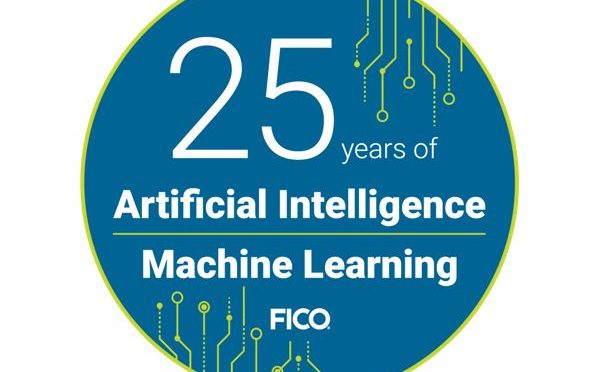The Future of AI: The Revolution Faces a Challenge
Blog: Enterprise Decision Management Blog

To commemorate the silver jubilee of FICO’s use of artificial intelligence and machine learning, we asked FICO employees a question: What does the future of AI look like? The post below is one of the thought-provoking responses, from Karam Venkat Sai Giridhar Reddy, an analytic scientist in FICO’s Bangalore center.
AI is on a roll today, doing wonders we would have deemed impossible a few decades earlier. With the milestones it has achieved, the beginning of the AI revolution is marked.
Today, we are in a core period of innovation in AI. It is in our hands to drive our innovations towards the greater benefit of humankind. With advancements in AI research, we can expect a lot of really interesting developments and also a few technologies that used to be science fiction. But to foster AI’s growth, we also need to solve a big technical challenge.
Automating Boring Jobs
A lot of companies invest in a great deal of staffing for customer care services and IT services. Most of the tickets address repeat issues and it is a monotonous job to propose the same resolution every time. Based on the past ticket data, we can train a virtual agent to understand the semantics of the data and address the questions with the resolutions from the past.
Another interesting application can be understanding the patterns in video. This can be helpful in fields like security surveillance. With an ability to understand video sequence data, AI can replace manual systems with automated systems that raise alarms on a security breach. This can also be used to automate traffic monitoring; AI will be able to catch the cars jumping a signal from the traffic video data and register complaints on its own.
Building a Brain-Computer Interface
Take the case of a police investigator trying to get information from a terrorist — can AI be a better interrogator? What if a disabled person could use a brain sensor to control a prosthetic limb or a wheelchair?
These kinds of advancements are possible using brainwave analysis. There are brainwave sensors available in the market and you can play games using it on your mobile just by paying attention. Recently, a study at the University of Oregon explored how faces a person is thinking of can be reconstructed from neural activity.
Once we used to type to write documents. Today we can do it by just speaking. Tomorrow we might just need to think what we want to write.
Connecting the Internet of Things
With advancements in the field of IOT, we will be able to connect every electronic device. Patients will be wearing bio-electronic devices which will send alarms to hospitals/ambulances.
Challenge: Overcome the Limitations of Computing
Some of the above might seem far-fetched, but there’s no doubt that AI will be massive in the future. Of course, we will need to overcome some tough challenges to cultivate AI and make maximum out of it.
One of these challenges is the death of Moore’s law: Moore’s law is the observation that the number of transistors in a dense integrated circuit doubles approximately every two years. The observation is named after Gordon Moore, the co-founder of Intel.
AI has benefitted from the growth in computation power we have achieved up to now, but we are observing a slow death of Moore’s law. In the past decade, clock rates of CPUs have hardly budged. To meet the gap, alternatives are being explored in the fields of distributed/cluster computing, where big data solutions are being deployed (like Hadoop and Spark). Cloud computing could also be a solution, making a small device capable of greater computational power.
We have a new branch of science in the limelight of research. “Quantum computing” is an entirely different way of conceptualizing computers using quantum mechanics rather than traditional semiconductors. Recently, IBM was able to create a single atom magnet and store a bit to it.
With research in the early stages, quantum computers are a long way to go. But if quantum mechanics can produce more powerful computers, AI will be able to solve much more complicated problems.
The post The Future of AI: The Revolution Faces a Challenge appeared first on FICO.
Leave a Comment
You must be logged in to post a comment.







